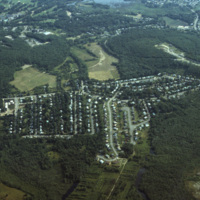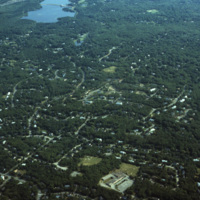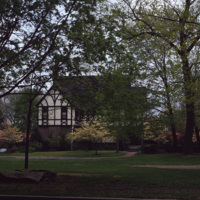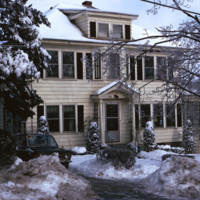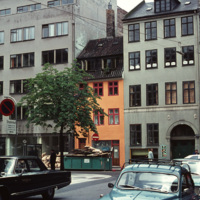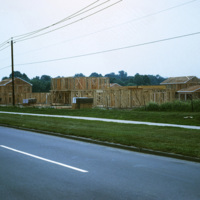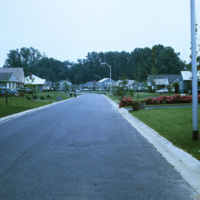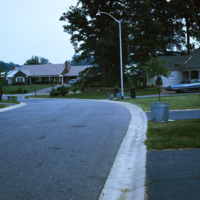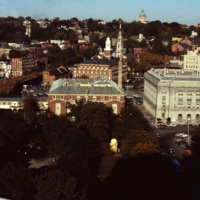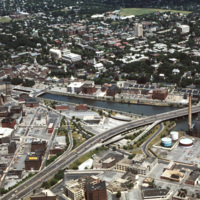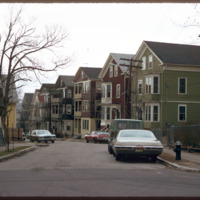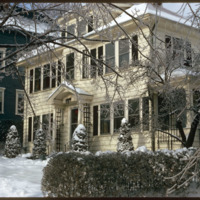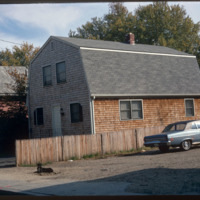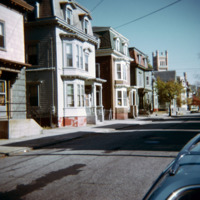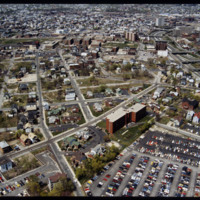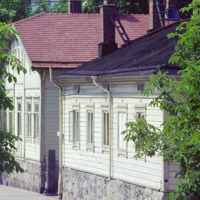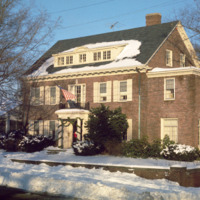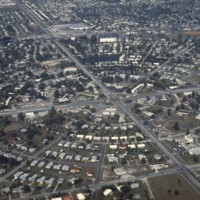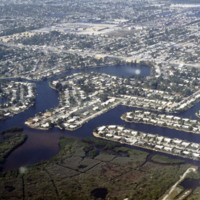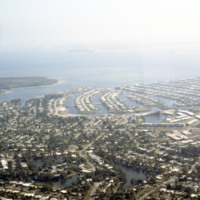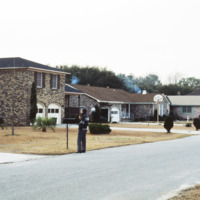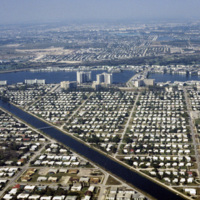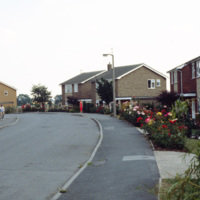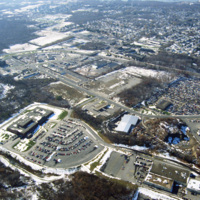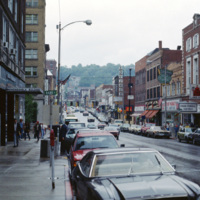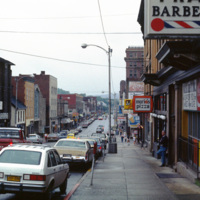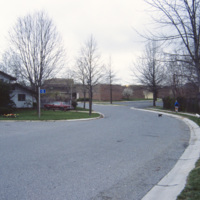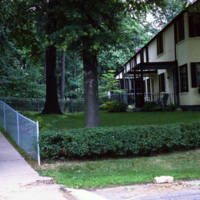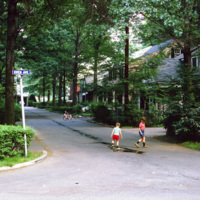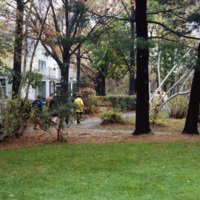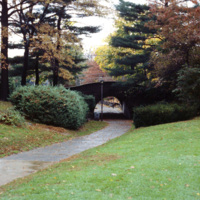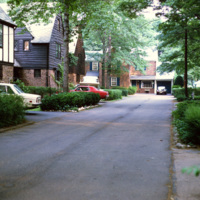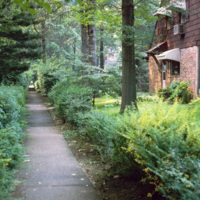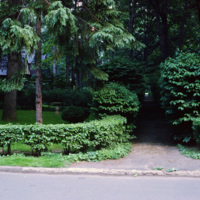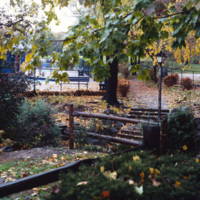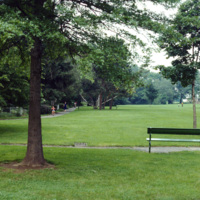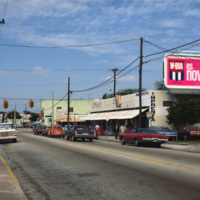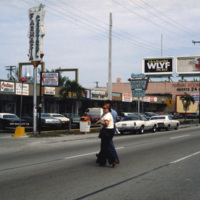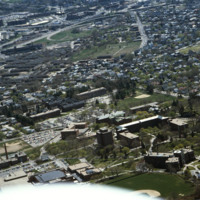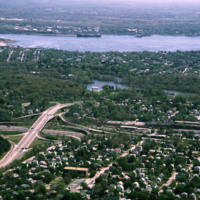Browse Items (48 total)
- Tags: neighborhoods
Federal Hill
South of Boston (Aerial)
Tags: aerial, housing, neighborhoods, residential, urban planning
South of Boston (Aerial)
Tags: aerial, housing, neighborhoods, residential, urban planning
Providence: Prescott O. Clarke House
Tags: architecture, neighborhoods, Providence, RI, tudor
Blackstone: Single Family Home in Winter
Tags: housing, neighborhoods, Providence, RI
Street Scene in Copenhagen, Denmark
Tags: housing, neighborhoods, street scene, streetscape, towns
Construction in Willingboro, NJ
Tags: construction, housing, neighborhoods, new town, new towns, suburbs, William Levitt
Neighborhood in Willingboro, NJ (1/2)
Tags: housing, neighborhoods, new town, new towns, suburbs, William Levitt
Neighborhood in Willingboro, NJ
Tags: housing, neighborhoods, new town, new towns, suburbs, William Levitt
A View of the East Side
Tags: cityscape, housing, neighborhoods, Providence, RI
Providence: Downtown & East Side (Aerial)
Providence Triple Deckers
Tags: neighborhoods, Providence, Rhode Island, urban sprawl
Smith Hill: Eaton Street, Triple Deckers
Tags: neighborhoods, Providence, Rhode Island, urban sprawl
Blackstone: Single Family Home in Winter
Tags: neighborhoods, Providence, Rhode Island
South Providence 235 Housing CURE
Armory District, Wood Street
Tags: architecture, housing, neighborhoods, Providence
Upper South Providence
Turku: Housing Built in Russian Style
Tags: dwellings, neighborhoods, urban density
Providence: Buddy Cianci's House (1976)
St. Pete’s Meadowlawn Housing
Florida: “Finger" Island Housing Developments
Florida: Finger Islands in St. Petersburg
Charleston: Suburb Neighborhood
Tags: Charleston, housing, neighborhoods, South Carolina, suburbs
Miami: Aerial, Residential, Interstate 95
Tags: aerial, housing, neighborhoods, waterfront
Suburbs - Tickhill
Tags: home ownership, housing, neighborhoods, suburbs
Warren/Barrington: Aerial Photograph
East Providence: Aerial
Tags: aerial, harbor, industry, neighborhoods, parking, public spaces, roads, waterfront
North Syracuse: Centerville Court, Senior Housing
Morgantown: High St.
Morgantown: High St., Rt 119 South
Columbia: Bryant Woods Elementary School
Greenbelt: Houses
Radburn: Children in Street
Radburn: Walkways, Pedestrian Traffic
Radburn: Walkways and Public Parks
Tags: neighborhoods, New Jersey, planned community, Radburn, walkways
Radburn: Cul-de-sac
Radburn: Walkways, Planned Community
Radburn: Walkway Entrance
Radburn: Pedestrian Roads
Tags: neighborhoods, New Jersey, new town, planned community, Radburn
Radburn: Parks, Planned Community
Radburn: Entrance in Fair Lawn, NJ
Miami Beach: Biscayne Point
Miami: Little Havana, SW 8th Street
Tags: city blocks, Florida, Little Havana, Miami, neighborhoods, shops, street scene
Miami: Little Havana, SW 8th St.
Tags: Florida, Little Havana, Miami, neighborhoods, shops, street scene
Miami Beach: Residential
Tags: aerial, golf course, harbor, housing, Indian Creek, neighborhoods, waterfront
Miami Beach: Aerial View of Residential Area
Tags: aerial, drive-in, Florida, Miami Beach, neighborhoods

